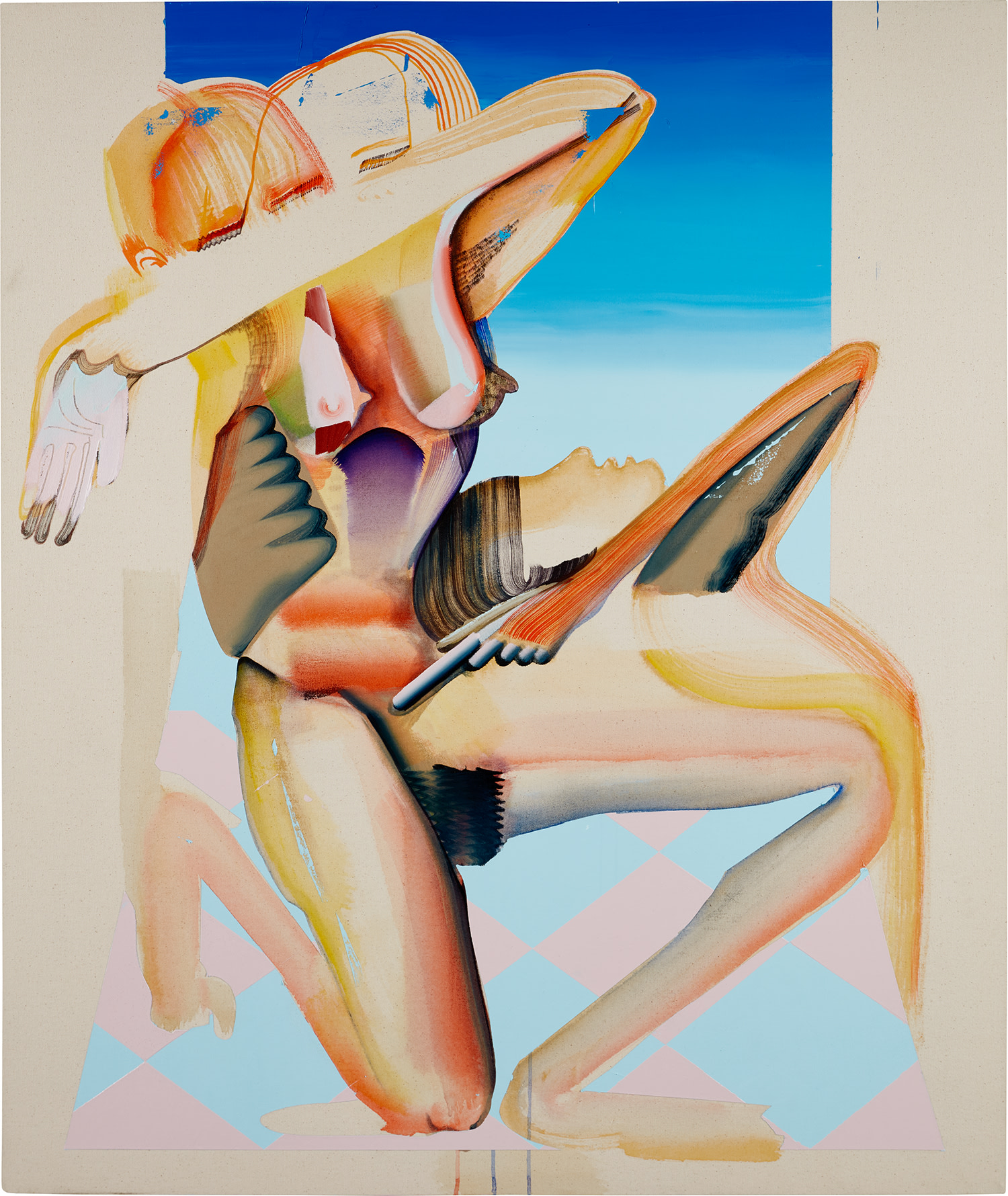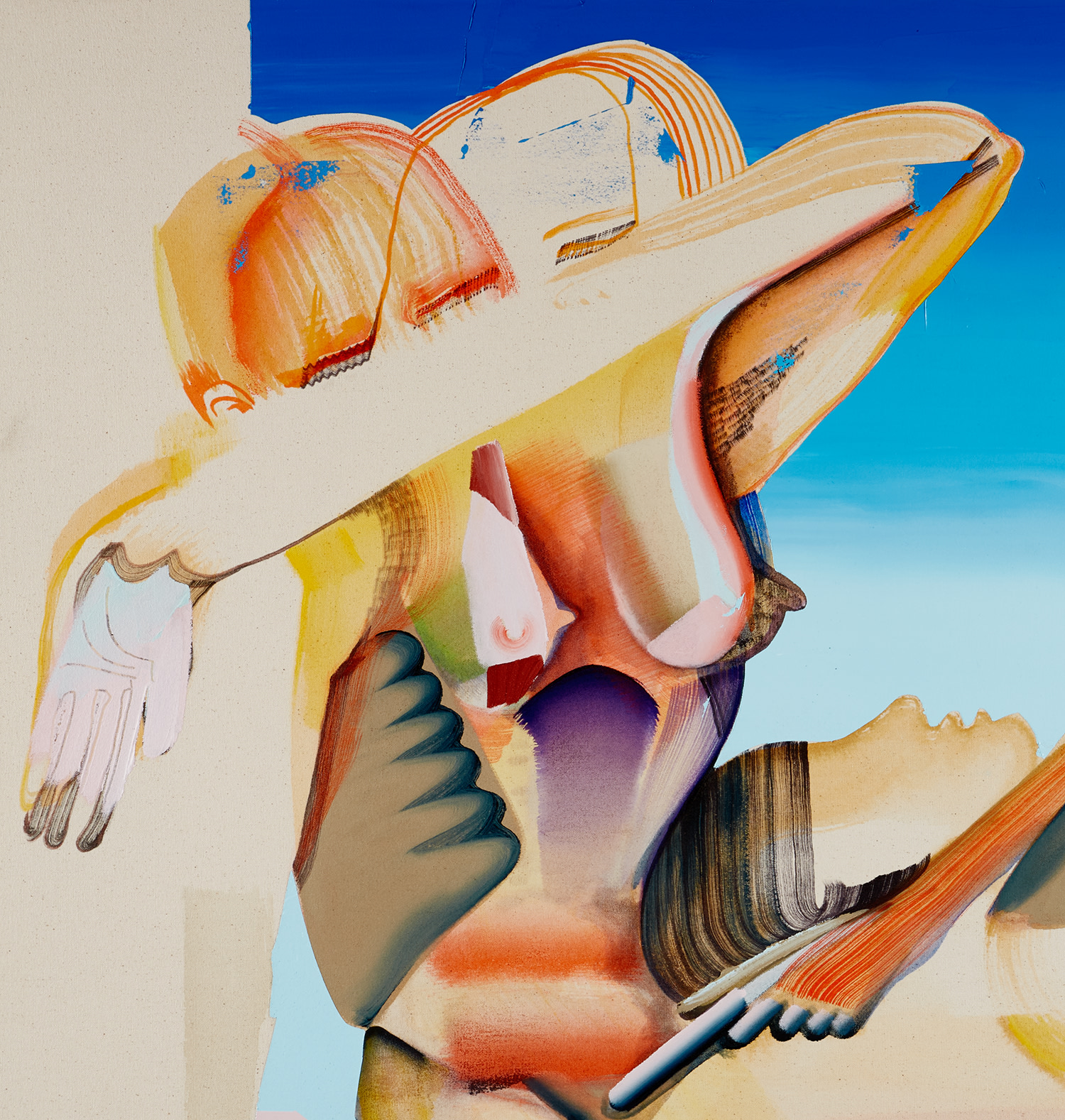







2
Christina Quarles
Our Eyes Our Open/Are Eyes Are Open
Further Details
Full-Cataloguing
Christina Quarles
AmericanAs a queer woman born to a black father and a white mother, Christina Quarles has developed a worldview defined by multiplicity. Often misrepresented as a white woman in life, Quarles creates work that confronts ideas of race, gender, and queerness. The highly expressive human forms of Quarles’s paintings hover between figuration and abstraction, paradoxically occupying both spaces at once. By incorporating the contradictions of identity into her painting, Quarles has developed an art form defined by energized formal inventiveness and semi-pictorial abstraction that has been likened to the early work of Arshile Gorky and Willem de Kooning, breathing new life into the historical legacies of their work.
Quarles was born in Chicago, Illinois in 1985 and was raised in Los Angeles, California. She completed her BA at Hampshire College in 2007 and earned her MFA at Yale University in 2016. Today, Quarles lives and works in Los Angeles with her wife.